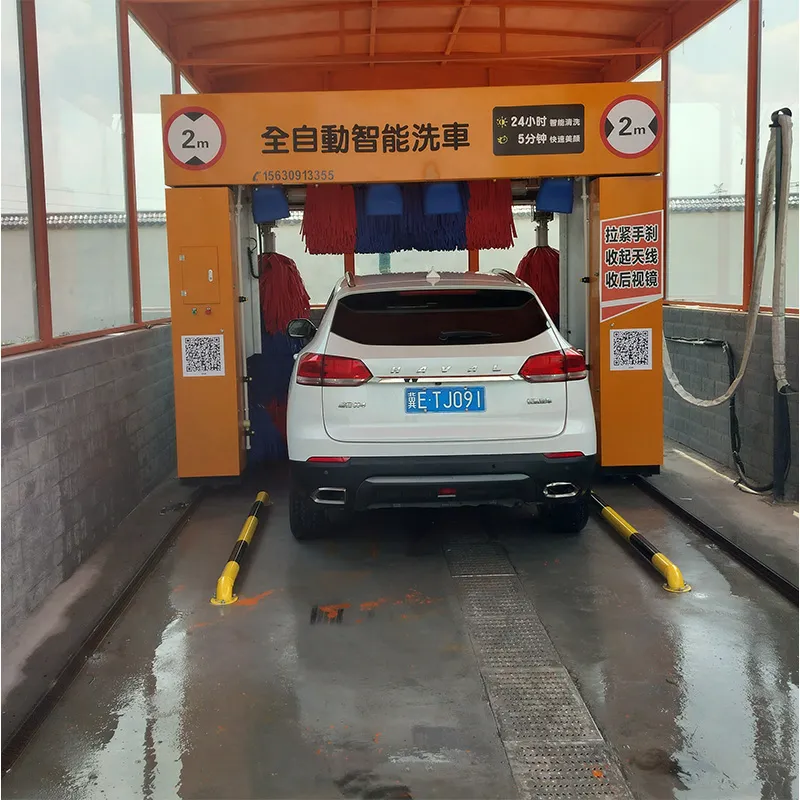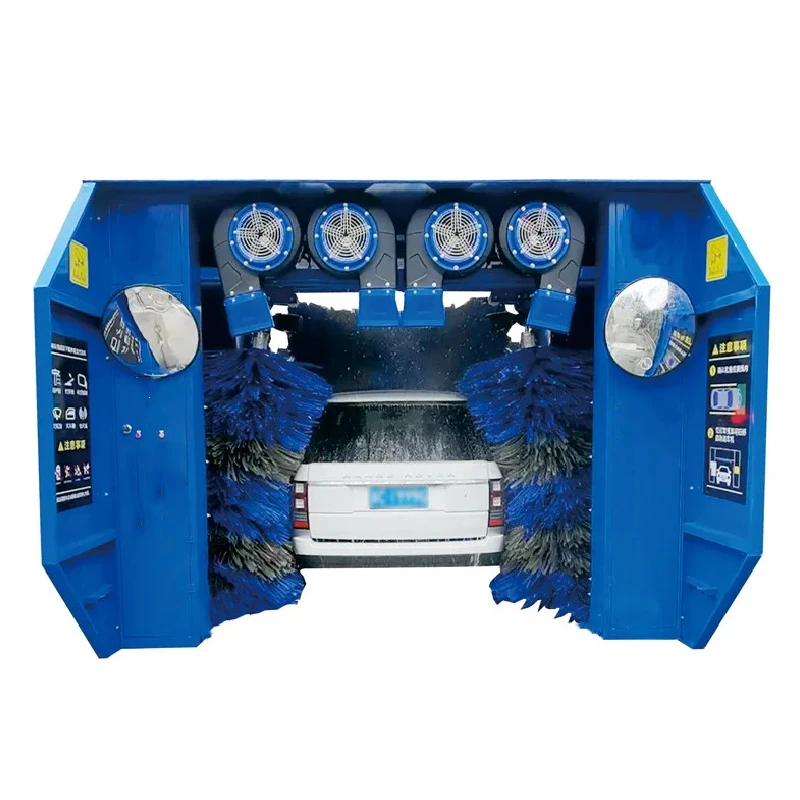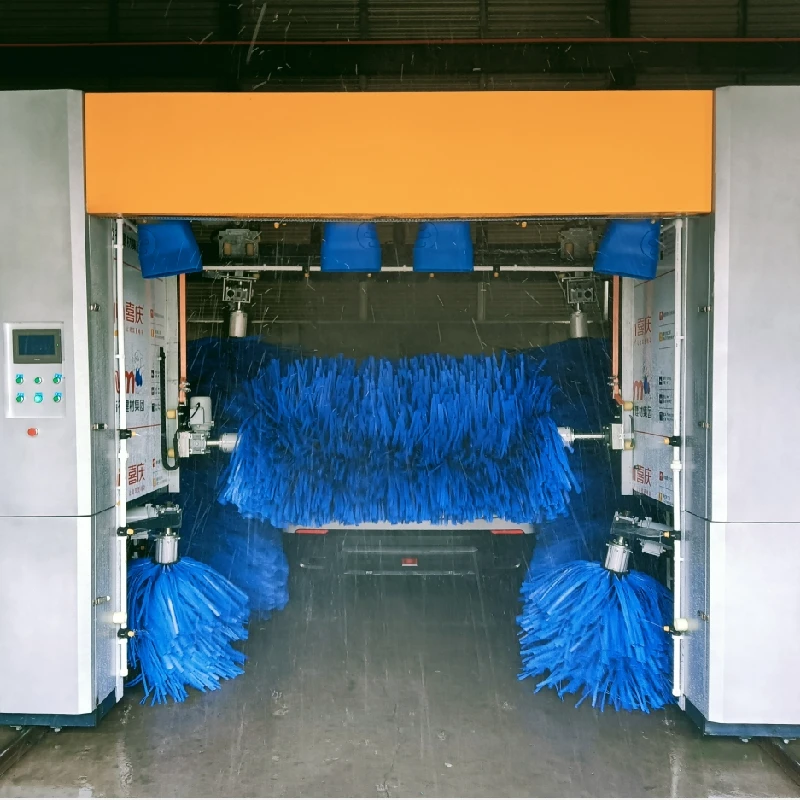
- Afrikaans
- Albanian
- Amharic
- Arabic
- Armenian
- Azerbaijani
- Basque
- Belarusian
- Bengali
- Bosnian
- Bulgarian
- Catalan
- Cebuano
- Corsican
- Croatian
- Czech
- Danish
- Dutch
- English
- Esperanto
- Estonian
- Finnish
- French
- Frisian
- Galician
- Georgian
- German
- Greek
- Gujarati
- Haitian Creole
- hausa
- hawaiian
- Hebrew
- Hindi
- Miao
- Hungarian
- Icelandic
- igbo
- Indonesian
- irish
- Italian
- Japanese
- Javanese
- Kannada
- kazakh
- Khmer
- Rwandese
- Korean
- Kurdish
- Kyrgyz
- Lao
- Latin
- Latvian
- Lithuanian
- Luxembourgish
- Macedonian
- Malgashi
- Malay
- Malayalam
- Maltese
- Maori
- Marathi
- Mongolian
- Myanmar
- Nepali
- Norwegian
- Norwegian
- Occitan
- Pashto
- Persian
- Polish
- Portuguese
- Punjabi
- Romanian
- Russian
- Samoan
- Scottish Gaelic
- Serbian
- Sesotho
- Shona
- Sindhi
- Sinhala
- Slovak
- Slovenian
- Somali
- Spanish
- Sundanese
- Swahili
- Swedish
- Tagalog
- Tajik
- Tamil
- Tatar
- Telugu
- Thai
- Turkish
- Turkmen
- Ukrainian
- Urdu
- Uighur
- Uzbek
- Vietnamese
- Welsh
- Bantu
- Yiddish
- Yoruba
power washer pressure for cars
Understanding Power Washer Pressure for Cars A Comprehensive Guide
When it comes to keeping your car clean, a power washer can be a fantastic tool. It frees your vehicle from dirt, grime, and other contaminants much more efficiently than traditional washing methods. However, not all power washers are created equal, and understanding the pressure levels and techniques required for cleaning your car is crucial to avoiding damage while achieving a spotless finish.
What is Power Washing?
Power washing, also known as pressure washing, employs a high-pressure water spray to remove dirt, mold, grease, and stains from various surfaces. The device can effectively clean driveways, sidewalks, decks, and, notably, vehicles. However, incorrect pressure settings or poor technique can lead to issues such as paint damage, scratches, or even denting the vehicle's body.
Ideal Pressure Levels for Car Washing
When washing a car with a power washer, the pressure should generally be set between 1200 to 1900 PSI (pounds per square inch). This range is effective for removing dirt and grime without risking damage to the paint or finish. Here's a breakdown of different pressure levels and their suitability
- Below 1200 PSI Too low for effective cleaning of most dirty vehicles. May require excessive scrubbing. - 1200-1900 PSI Ideal pressure range for cleaning cars. Effectively removes dirt and grime while being safe for paint and finishes. - Above 1900 PSI Risks damaging the car’s surface. High pressure can strip paint, harm delicate components, and cause water to seep into places it shouldn't.
Additional Tips for Power Washing Your Car
1. Use the Right Nozzle Power washers come with different nozzles that adjust the spray pattern and pressure. For washing cars, a 25 or 40-degree nozzle is recommended as it provides a wide spray that decreases the force on the surface, making it safer for your vehicle.
power washer pressure for cars

2. Maintain Distance Keep the power washer nozzle at least 2-3 feet away from the car’s surface. This distance helps to spread the pressure over a larger area, reducing the likelihood of paint damage.
3. Pre-soak the Vehicle Before using the power washer, pre-soak the car with water or pre-wash solution. This step helps to loosen heavy dirt and grime, making the washing more effective.
4. Start from the Top When washing, always start from the top of the vehicle and work your way down. This method allows dirt and water to flow downward, preventing you from scrubbing dirt or debris against the clean areas.
5. Avoid Sensitive Areas Be cautious around delicate components such as windows, lights, and trim. These areas can be susceptible to damage or water intrusion. You may choose to clean them with a sponge or cloth instead.
6. Use Detergents Wisely Not all power wash detergents are safe for car paint. Choose a pH-balanced, biodegradable car wash solution compatible with power washers. This ensures that cleaning agents effectively remove grime without harming the vehicle’s exterior.
7. Rinse Thoroughly After washing, ensure that you rinse your car thoroughly to remove all detergent residues. These residues can cause streaks and negatively affect the paint finish.
Conclusion
Power washing can be an effective way to maintain your vehicle’s appearance, but it requires knowledge and care. By understanding the appropriate pressure levels, using the correct nozzles, and following safe washing techniques, you can achieve a clean car without risking damage to its paint or body. Remember, the goal is to enhance your vehicle’s longevity and aesthetics, so always approach power washing with caution and consideration. Happy washing!
-
Integrating Aqua Tunnel Car Wash in Shopping CentersNewsJun.24,2025
-
Gas Station with an Auto Car Wash MachineNewsJun.24,2025
-
Efficiency in Your Aqua Tunnel Car Wash: Power & Water-SavingNewsJun.24,2025
-
Car Wash Business with Advanced Auto Car Cleaning MachinesNewsJun.24,2025
-
Balancing Setup Costs with Aqua Tunnel Car WashNewsJun.24,2025
-
Aqua Tunnel Car Wash: Eco-Design for the Energy-Savvy EntrepreneurNewsJun.24,2025



